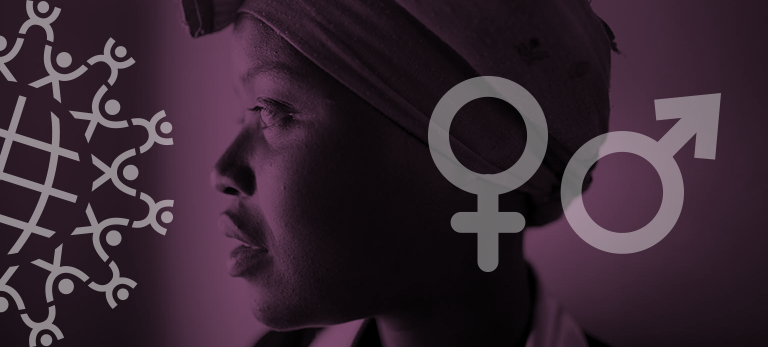Where We Work
See our interactive map


Health workers deal with stressful situations every day. Sexual harassment should no longer be one of them.
Women account for the majority of the health workforce globally. They distribute life-changing drugs to HIV-positive children, serve on the front lines of disease outbreaks, educate clients on family planning methods, and much more. Yet despite providing vital services, health workers are not adequately protected from gender discrimination and sexual harassment.
Sexual harassment is any physical, verbal, or nonverbal conduct of a sexual nature or based on sex or gender that is unwelcome, unwanted, pervasive, and interferes with equality of opportunity or working conditions. It occurs when a person's rejection of or submission to such conduct is used (explicitly or implicitly) as a basis for a decision that affects the person's job, employment, or working conditions, or creates an intimidating, hostile, or humiliating working environment.
Whether it’s a coworker making comments about a colleague’s figure or a supervisor extorting sex from a new employee, sexual harassment impedes equality in the workplace and causes lasting harm to those affected by it. The psychological health, physical well-being, and professional development of individuals who experience sexual harassment may be diminished. Sexual harassment in the workplace can also result in low productivity among employees, a poor work environment, and absenteeism.
To promote gender equality and ensure that all health workers have access to a safe work environment, effective policies for addressing sexual harassment must be put in place.
To prevent and respond to the sexual harassment of health workers in Uganda, IntraHealth International and the Ministry of Health conducted a formative assessment of sexual harassment. The findings include recommendations for a sexual harassment response policy based on a literature review of best practices.
Below are some key components outlined in the report of a strong sexual harassment policy that can encourage individuals to come forward and end impunity for harassment:
In order to create safe and healthy communities, we need health workers to also be safe and healthy. By creating a sexual harassment response policy that is clear, respects complainants, and is implemented fairly and consistently, organizations can begin to change the culture around workplace sexual harassment.
Further reading and resources for individuals developing or revising sexual harassment policies:
Get the latest updates from the blog and eNews




